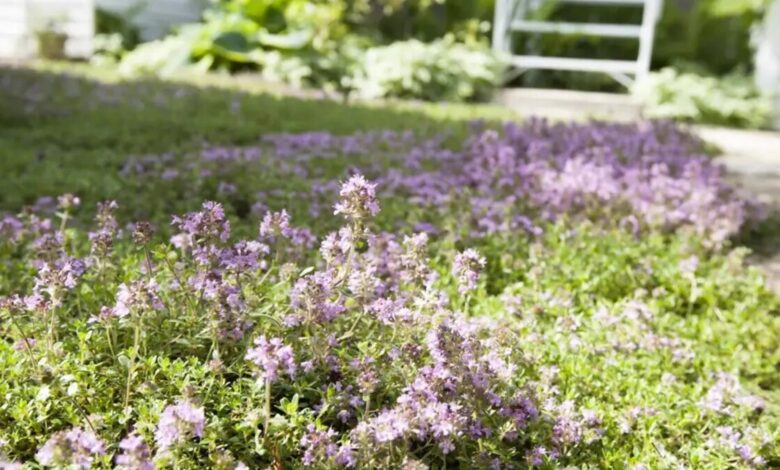
Photo Credit: Ninon Pednault/ La Presse Archives
Environment CanadaRedefining Lawns: Less Evenly-Cut Grass, More Wild Plants
Following a recently released study showing that lawns could be better managed across the province of Quebec, in Canada, a campaign was launched to improve their maintenance and minimize their repercussions on the water, air, and soil quality.
“We often talk about the idea of challenging the traditional use of lawnmower, or the need to let dandelion grow in May,” explains Maxime Fortin Faubert, expert in urban ecology at the National Institute of Scientific Research (INRS). “We believe that we can easily transform a portion of our lawn by adding bushes, indigenous plants, flower-filled meadows or, why not, rest areas.”
Grass is the biggest monoculture in Quebec, and in the wake of climate change, reducing the consumption of water, fertilizers, and pesticides is imperative. For two years, the David Suzuki Foundation has partnered with the INRS and the organization Nouveaux Voisins (New Neighbors in French) on the LawnShare report to identify Quebec’s green potential by transforming lawns. The report paved the way for a campaign to learn how to manage lawns sustainably to support local wildlife and biodiversity. The cities of Montreal, Laval, Sherbrooke, and Saint-Jérôme have been chosen, and their citizens are encouraged to rethink their lawns and municipalities’ laws. For instance, local authorities could amend specific rules regarding the use of lawnmowers, the eradication of dandelions – most useful for pollination – and the height of vegetation. By suggesting a minimum height of 20 cm, the lawn can preserve its freshness during the Summer, reducing the need for overwatering.



